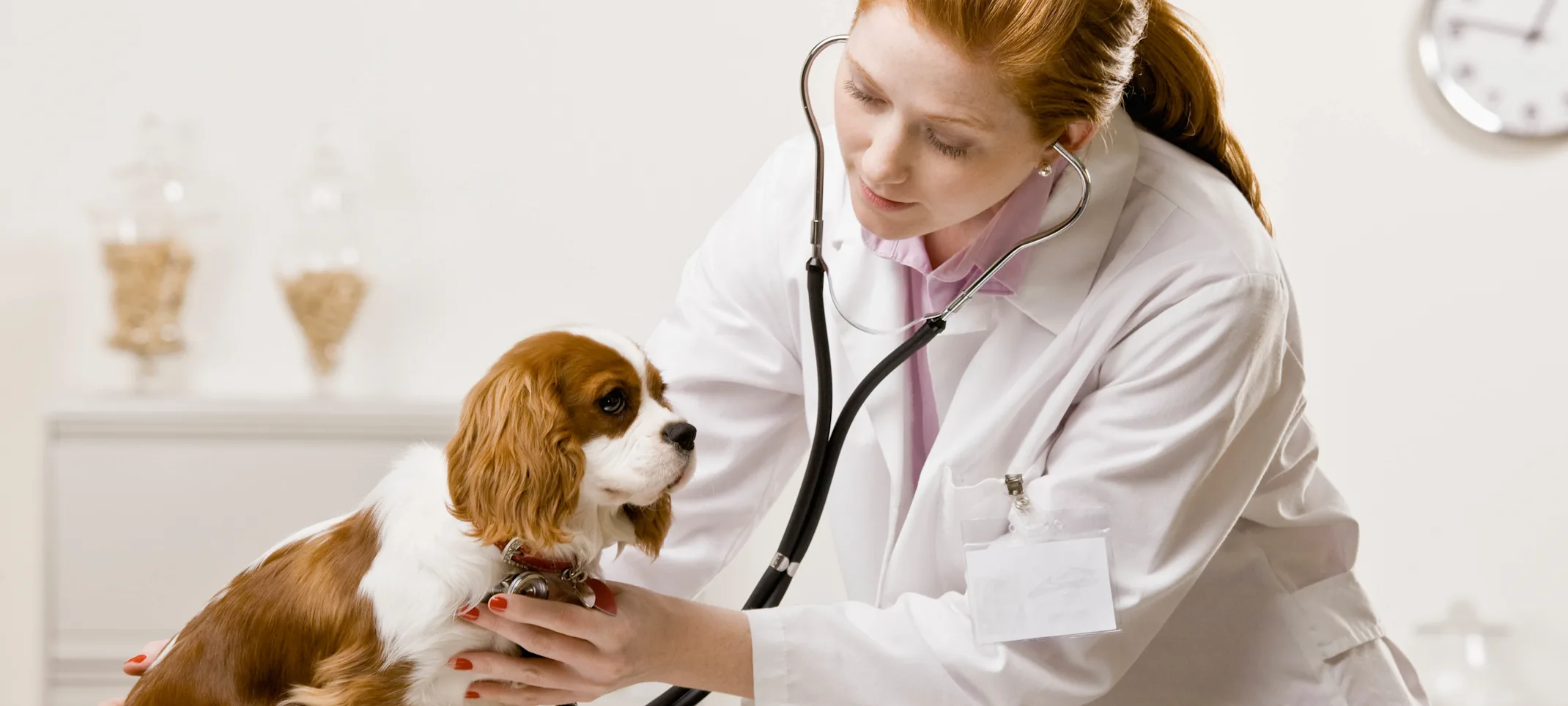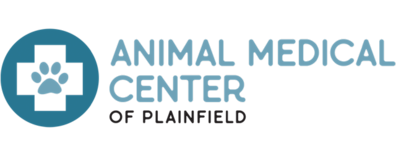Animal Medical Center of Plainfield
Echocardiograms
We use echocardiograms, a type of non-invasive ultrasound, to monitor the size, shape, and function of your pet’s heart.
Click here to download the Echocardiogram check-in form.

Overview
Veterinary echocardiography is a non-invasive diagnostic technique that uses high-frequency sound waves to create detailed, real-time images of an animal’s heart. This procedure allows veterinarians to evaluate the heart’s structure, function, and blood flow, providing critical insights into potential cardiovascular issues. Echocardiography can help detect conditions such as heart disease, valve abnormalities, arrhythmias, heart murmurs, and congenital heart defects. It’s especially useful for monitoring chronic heart conditions and guiding treatment decisions, including the management of heart failure or evaluating the effectiveness of medication. By assessing the heart’s chambers, valves, and blood vessels, veterinary echocardiography enables early detection and personalized care, helping ensure the best possible outcomes for your pet’s heart health.
Why would my pet need an echocardiogram?
It helps veterinarians assess the heart's structure, function, and blood flow, providing valuable insights into potential heart conditions such as valve disease, heart murmurs, or cardiomyopathy. If your pet shows symptoms like coughing, lethargy, difficulty breathing, or exercise intolerance, an echocardiogram can help diagnose underlying heart issues early and guide appropriate treatment to improve their quality of life.
When would my pet need an echocardiogram?
Your pet may need an echocardiogram if they exhibit signs of heart problems such as coughing, labored breathing, fatigue, fainting, or a reduced ability to exercise. It's also recommended for pets with heart murmurs, irregular heartbeats, or if they have a known history of heart disease. An echocardiogram can help diagnose and monitor heart conditions, allowing for early intervention and management to keep your pet healthy and comfortable. If you're concerned about your pet's heart health, consult your veterinarian to determine if this test is right for them.
How does echocardiography work?
Echocardiography (often called an "echo") uses sound waves to create real-time images of your pet’s heart. A special ultrasound probe is placed on the chest, and the sound waves bounce off the heart, producing detailed images of its structure and function. Those images and video clips are then sent to a veterinary cardiologist via telemedicine for a comprehensive reading and report.
